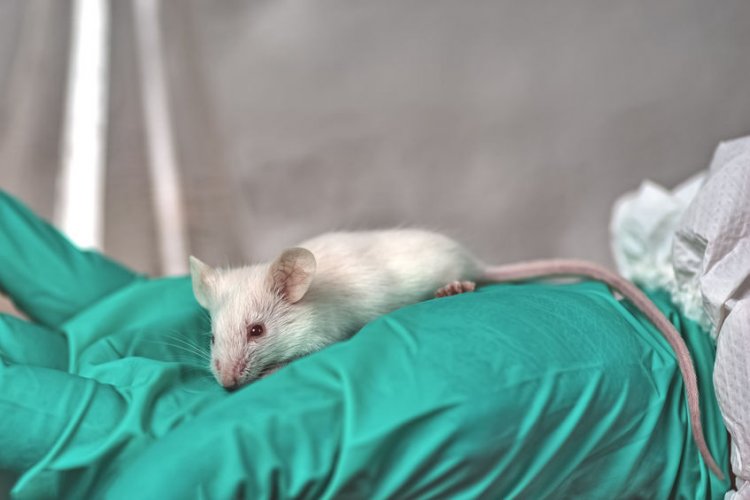A circled image of a rabbit or the sign “V” for veganism: products that were manufactured without involving experiments on animals bear a mark that suggests: the manufacturer does not approve of the use of experimental animals in product development and testing. April 24 is the Worldwide Laboratory Animal Protection Day.
In 1979, the National Anti-Vivisection Society designated a date when opponents of laboratory experiments on animals hold their protests and demonstrations in defense of experimental animals. April 24 is the birthday of Lord Dowding, Air Chief Marshal, who played an important role during the Battle of Britain in 1940. After the war, he became president of the National Anti-Vivisection Society (NAVS) and campaigned for the rejection of animal experiments in the House of Lords.
The first experiments involving animals were held in the 4th and 3rd centuries BC by Aristotle and Erasistratus.
The ancient Roman doctor Galen dissected pigs and goats in the 2nd century AD. The Arab physician Ibn Zuhr practiced his surgery skills on animals in the 12th century. Living creatures have been used in laboratories throughout the entire history of science. The concept of “laboratory animal” was developed at the end of the 19th century when developments in experimental biology and medicine surged.
In mid-20th century, the Beauty Without Cruelty movement was gaining foothold in the world as some cosmetic firms began to use plant-sourced raw materials and refrained from testing their products on animals. In addition, animal rights activists are looking for alternatives to animal experiments for educational purposes: some universities replace the preparation of animals with video materials and computer programs. Students of such institutes receive their practical skills dissecting corpses of animals who died of natural causes, as a result of an accident or were euthanized due to an incurable disease.
Today, mice, rabbits, monkeys, dogs are used to test drugs, cosmetics and food supplements: the main customers of such tests are pharmaceutical and cosmetic companies. According to various estimates, 50 to 150 million laboratory animals die every year.
The legal attitude towards laboratory animals differs in different countries. In the UK, the world’s first law against cruelty to animals was passed in 1876. The United States Guide on the Care and Use of Laboratory Animals states that any experiments on animals are possible as long as their scientific necessity is justified. In a number of countries, scientists use the concept of humane use of animals in experiments, dubbed the concept of “Three Rs”:
Replacement: using alternative methods, including mathematical and computer simulations, instead of animal experiments whenever possible.
Reduction: achieving results using as few animals as possible.
Refinement: improving laboratory animal habitation conditions and their use in experiments.
Photo: vadimalekcandr / 123rf.com
Based on materials: Center for Environmental Information and Culture, Veggie people, Press in Education






















